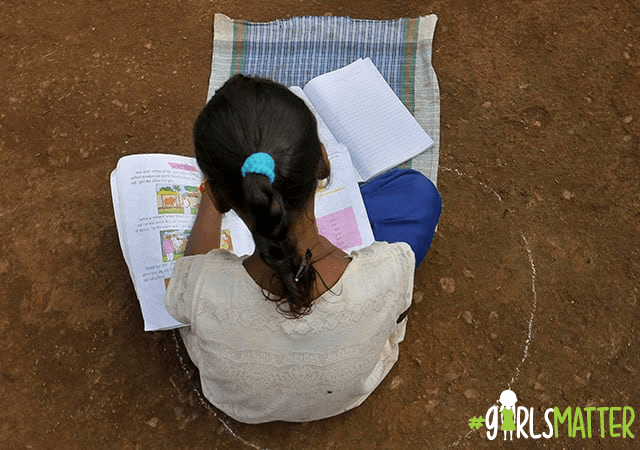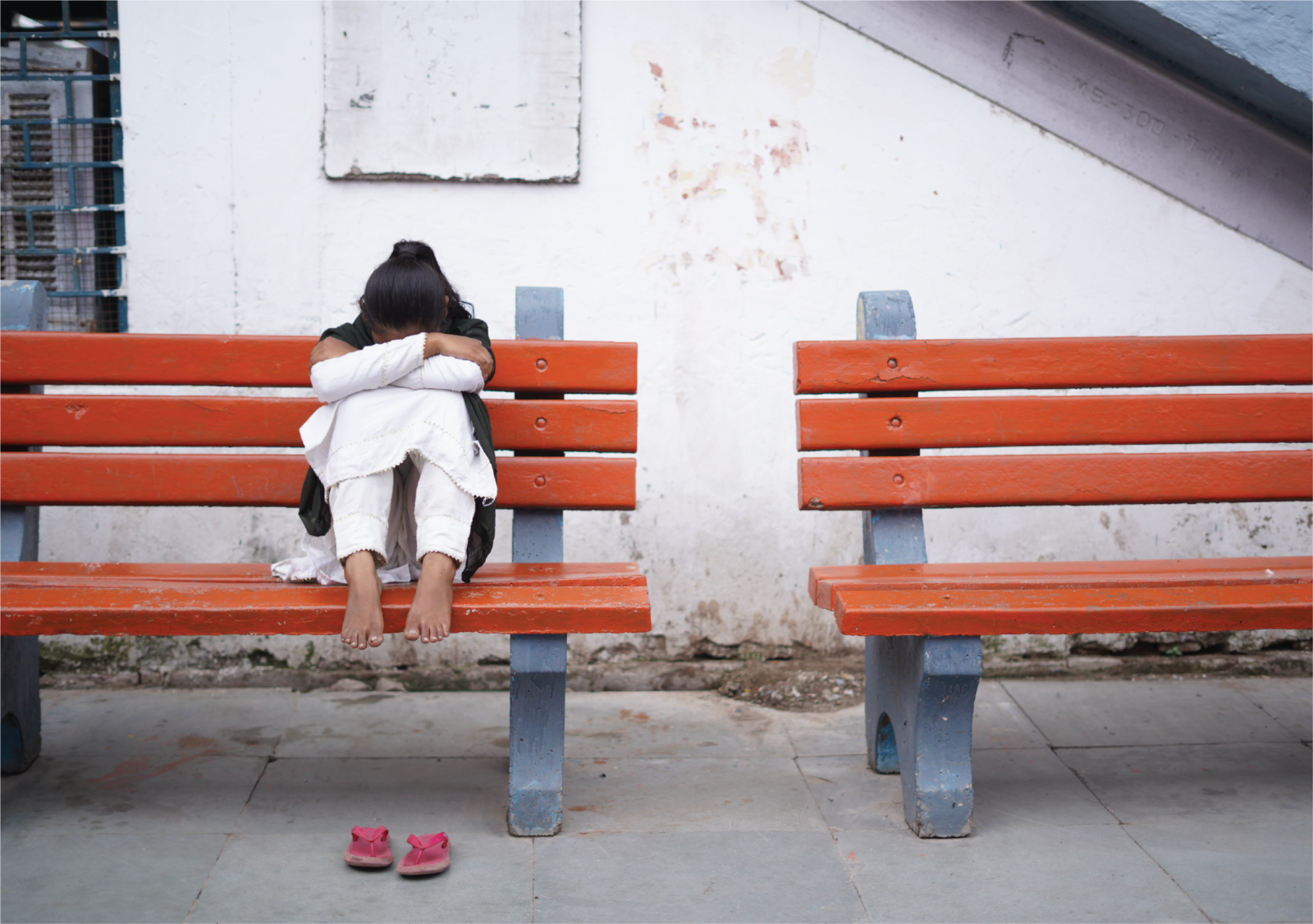Even before the COVID-19 crisis hit, progress for girls on some issues was under threat. While girls’ health, nutrition and access to education have seen improvement over the last two decades, even before the pandemic hit, progress to end child marriage, violence against girls, reduce adolescent pregnancy amongst other issues has slowed down. With on-ground stories and reports indicating gender-based violence across India and the world, it is estimated in ‘The Global Girlhood Report 2020’ by Save The Children, that 9.7 million children may never return to school post COVID. And with the number of children living in poverty estimated to climb by around 100 million, for girls today, gender equality feels further from reach than ever.
With a lens on the state of education for girls in India, here are some gravely contributing factors, that hinder girls from completing their education.
Poor families often favour boys when investing in education as they view girls as belonging to their to-be-husbands homes, not contributing to supporting a family or earning a living. A patriarchal bent plays a critical role in enforcing age-old cultural traditions and norms, discouraging girls from pursuing an education.
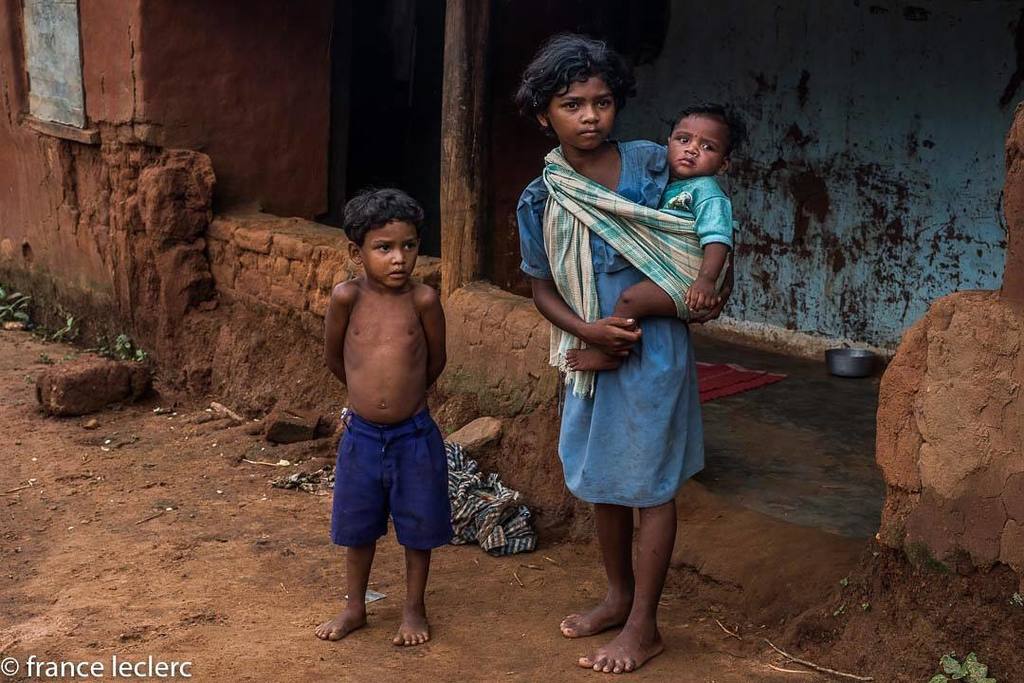 Photo – France Leclerc
Photo – France Leclerc
Often government schools, providing free education, lack basic infrastructure in terms of clean toilets, water supply and standard hygiene and sanitation. When girls hit puberty, they are compelled to stay at home during their menstrual cycle, unable to cope and dropping out of school.

Photo – Graham Crouch/ The Elders
Gender responsive teaching is where the academic, social and physical environment and its surrounding community take into account the specific needs of both girls and boys. Today, teaching practices are not gender responsive. When the gender responsive teaching practices are not properly followed it results in gender gaps in learning skill development for girls.
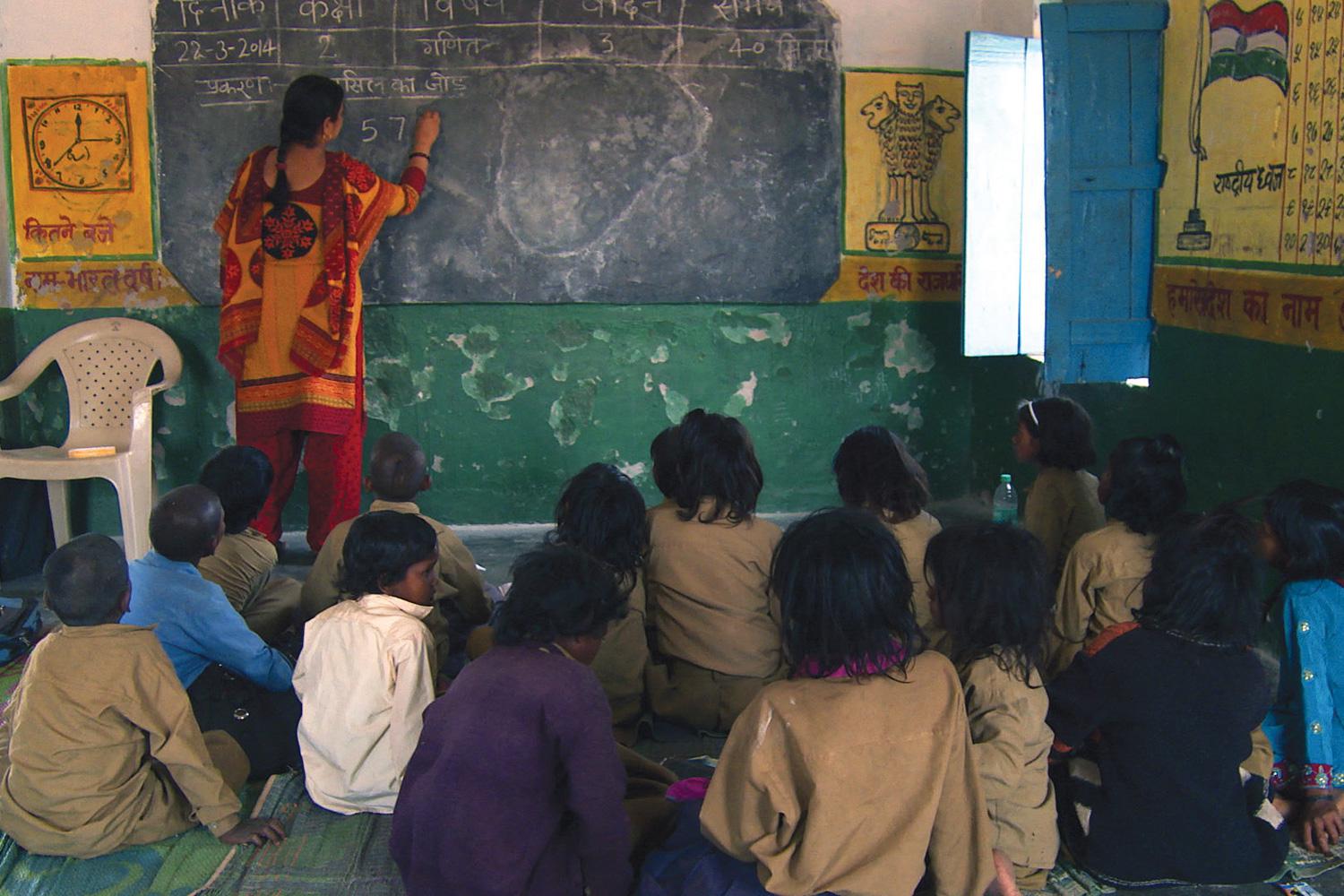 . Photo – Human Rights Watch
. Photo – Human Rights Watch
Unsafe journeys to school include unsafe roads and means of transport. Girls often face the risk of eve-teasing and abuse, or face violence on their way to school. This compels adolescent girls to drop out from school and stay at home, especially where schools are located far away.
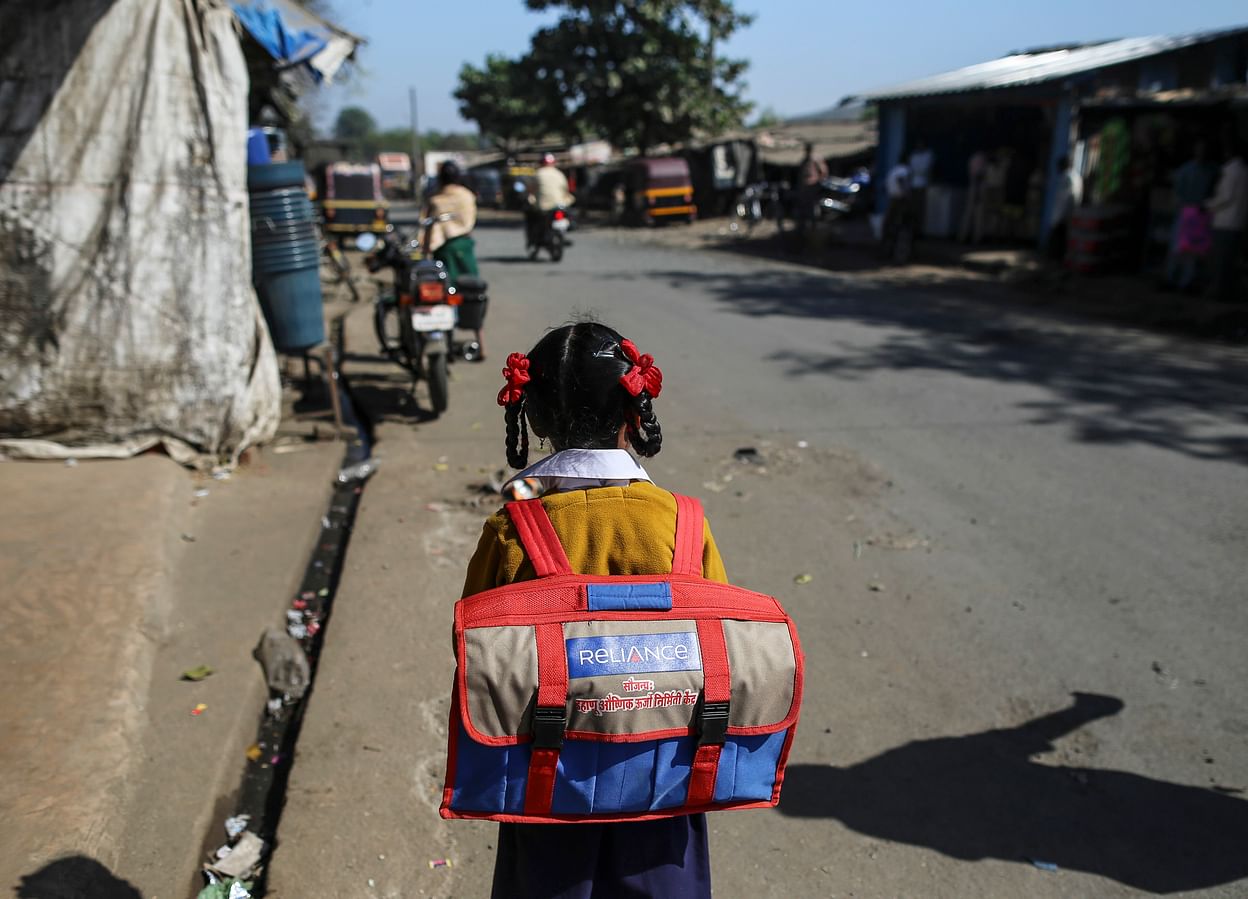 Photo – Bloomberg Quint
Photo – Bloomberg Quint
Families dealing with poverty often force their daughters to get married early, under extreme circumstances, against their will. This leads to no formal education, early pregnancy, complications from child bearing, unsafe abortions taking a toll on their mental health and leaving them dependent on other people.
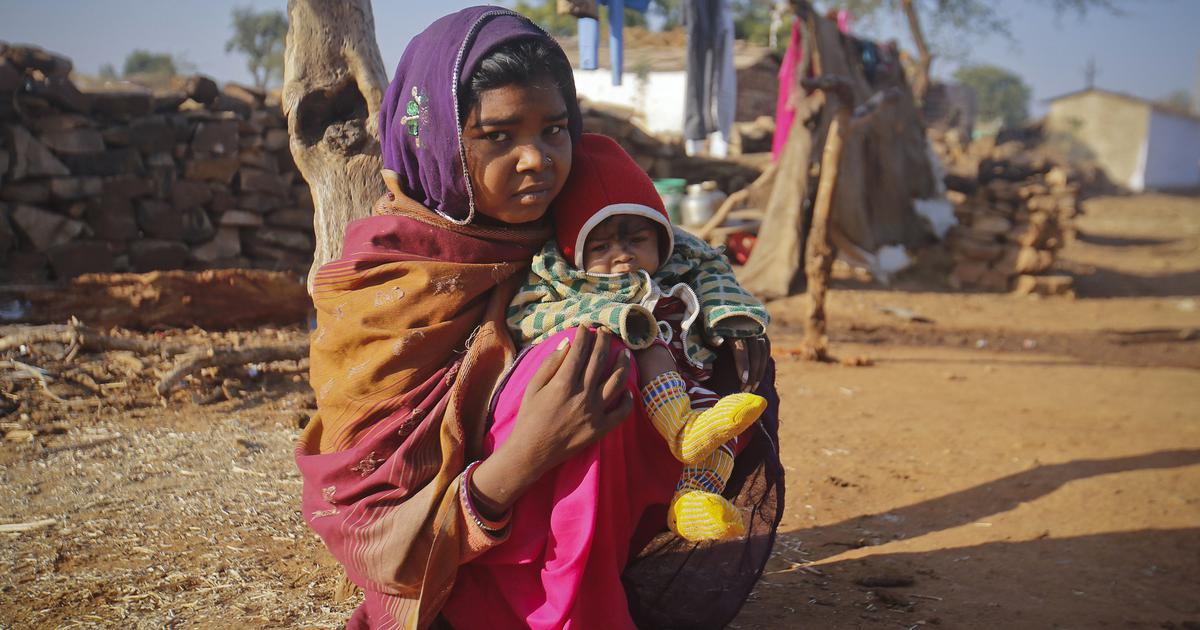 Photo – Unknown
Photo – Unknown
Due to the pandemic, a lot of families have lost their livelihood and are left with no basic income. This pushes the girl child into domestic house help and other kinds of work which in turn stops them from going to school and getting a basic education.
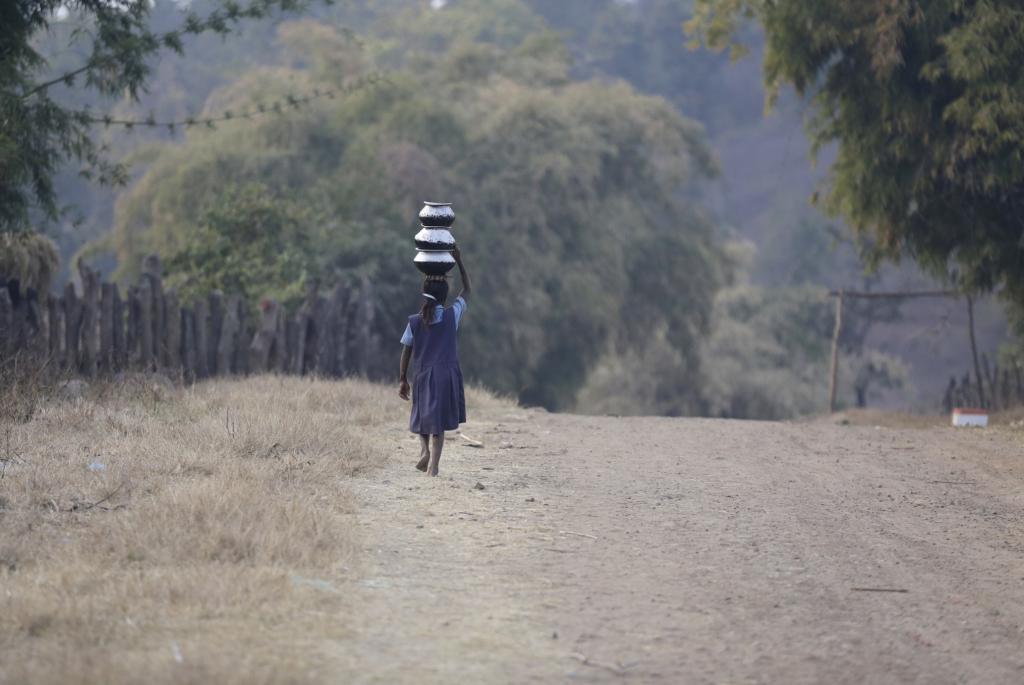 Photo – Unknown
Photo – Unknown




